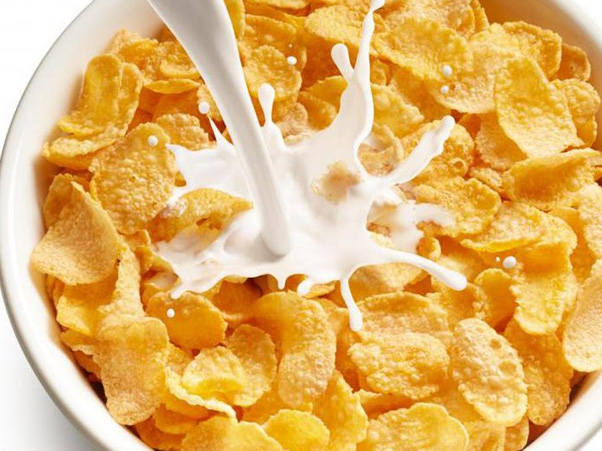 Sometimes it pays to look at the messages hidden behind the messages. Who wants you to hear the message and what do they stand to gain?
Sometimes it pays to look at the messages hidden behind the messages. Who wants you to hear the message and what do they stand to gain?
In the late 1800s and early 1900s John Harvey Kellogg operated a Sanitarium. He had earnest religious beliefs, and was convinced that sex and ‘physical pleasure’ were evil, blaming “onanism” for all sorts of ailments from epilepsy to “nocturnal emissions”, blindness and dementia. He was also fond of circumcision, and yoghurt enemas, but we haven’t the word space to discuss those here.
Kellogg was convinced that spicy food and the consumption of meat contributed to the sex drive, so sought to provide his patients with a bland and uninteresting diet as part of his ‘treatment’. He agreed with another man of great opinion; Sylvester Graham, who also wanted to reduce “the passions” among his followers, and had invented whole-wheat Graham Crackers and bread to include in the diet of his followers. It rather makes the delicious camp fire treat s’mores into a beautiful irony doesn’t it?
Kellogg’s first attempts at inventing anti-passion food involved mixing whole-grain dough with oatmeal and nuts and baking them into biscuits that he called “granula”. After being sued by the holders of that name he changed his concoction’s name to “granola”.
Some years later John Kellogg and his brother were experimenting with flattened grains which they decided were a wonderful food for their “treatment” programme. One day Kellogg experimented with running dried corn through the rollers instead of grain, and corn flakes were born. In 1906 John Kellogg’s brother Will Keith Kellogg purchased the rights and decided to mass market the new food. He added sugar to the recipe and their popularity exploded. Kellogg’s corn flakes are still the number one breakfast cereal in the USA.
Fast-forward to 1917, a journalist named Lenna F. Cooper wrote a story about breakfast and nutrition that was published in Good Health magazine. She stated “in many ways, the breakfast is the most important meal of the day, because it is the meal that gets the day started.” She goes on “… it should be made up of easily digested foods, and balanced in such a way that the various food elements are present in the right proportions. It should not be a heavy meal, consisting of over five to seven hundred calories”. This sounds like a very strong endorsement for a food like Corn Flakes, which had almost no competition at the time.
What most readers would not have realized, was the editor of Good Health magazine at the time was none other than Dr John Harvey Kellogg.
It’s not always easy to spot, but self-interest is always present and often leads people to prefer certain information and publish stories that steer the public discourse in a certain direction that suits whatever objectives they have.
This concept helps explain why Bank economists tend to be very optimistic in their public statements, why the reserve bank governor sometimes seems so out of touch with provincial New Zealand and why discussion about KiwiSaver tends to focus far too much on fees and gimmicks instead of the behaviour of the providers, let alone their investment performance.
When it comes to finding information that is reliably serving your own best interests it pays to become a very savvy and well-informed consumer. It is possible to do that yourself, or you can engage someone who genuinely and demonstrably puts your best interests at the forefront. One way to know the difference is a clear, concise and transparent service that is delivered for a small fee paid by you directly to the adviser.
Some claim to put the client’s interest first, which is absolutely not the same as acting in your best interests. Some will happily sell KiwiSaver customers into higher-cost and underperforming funds by touting gimmicks and “free service”…. When maybe they just need to eat more cornflakes.



